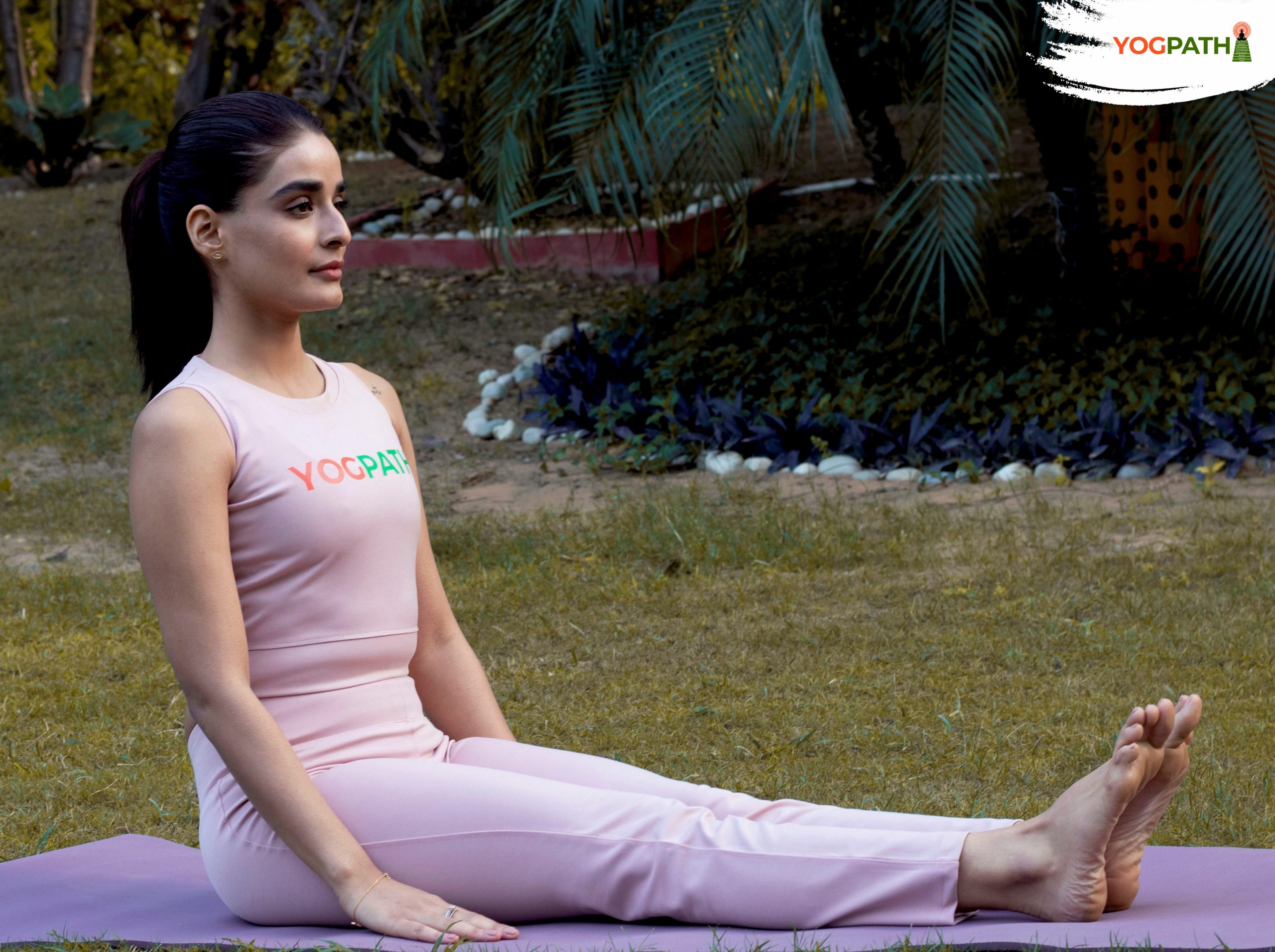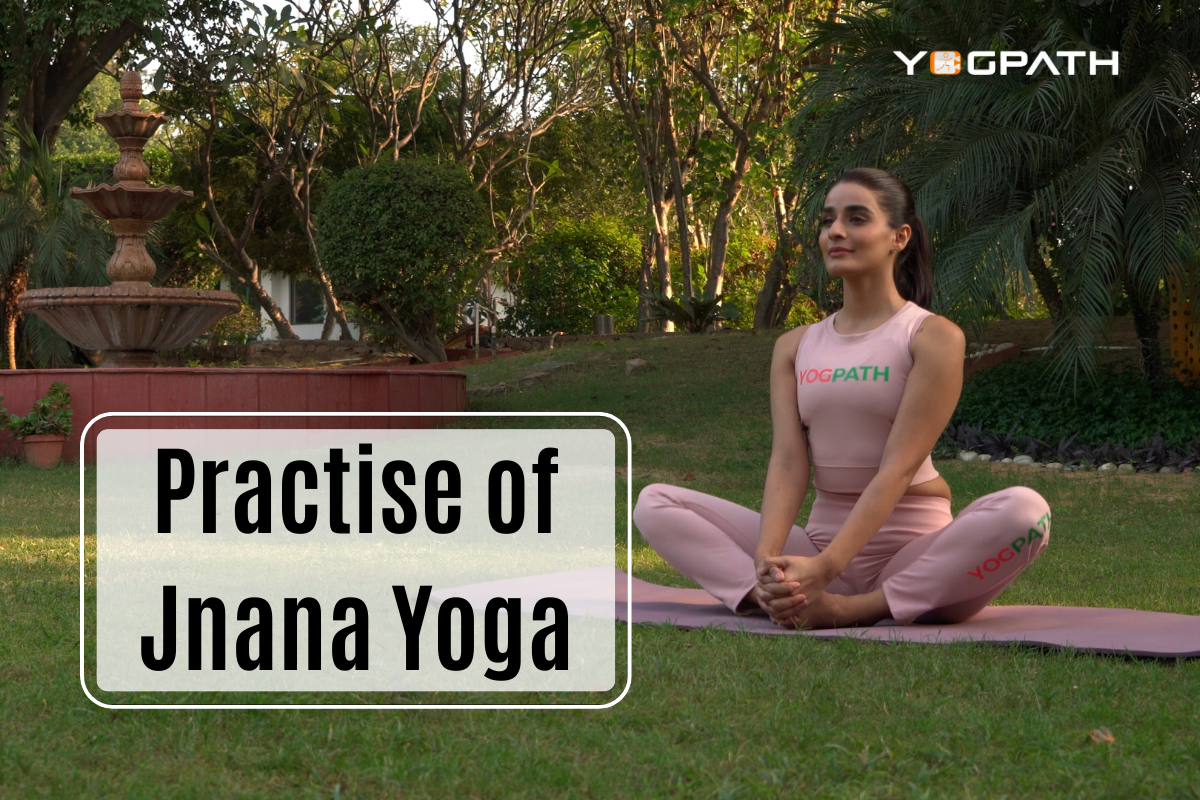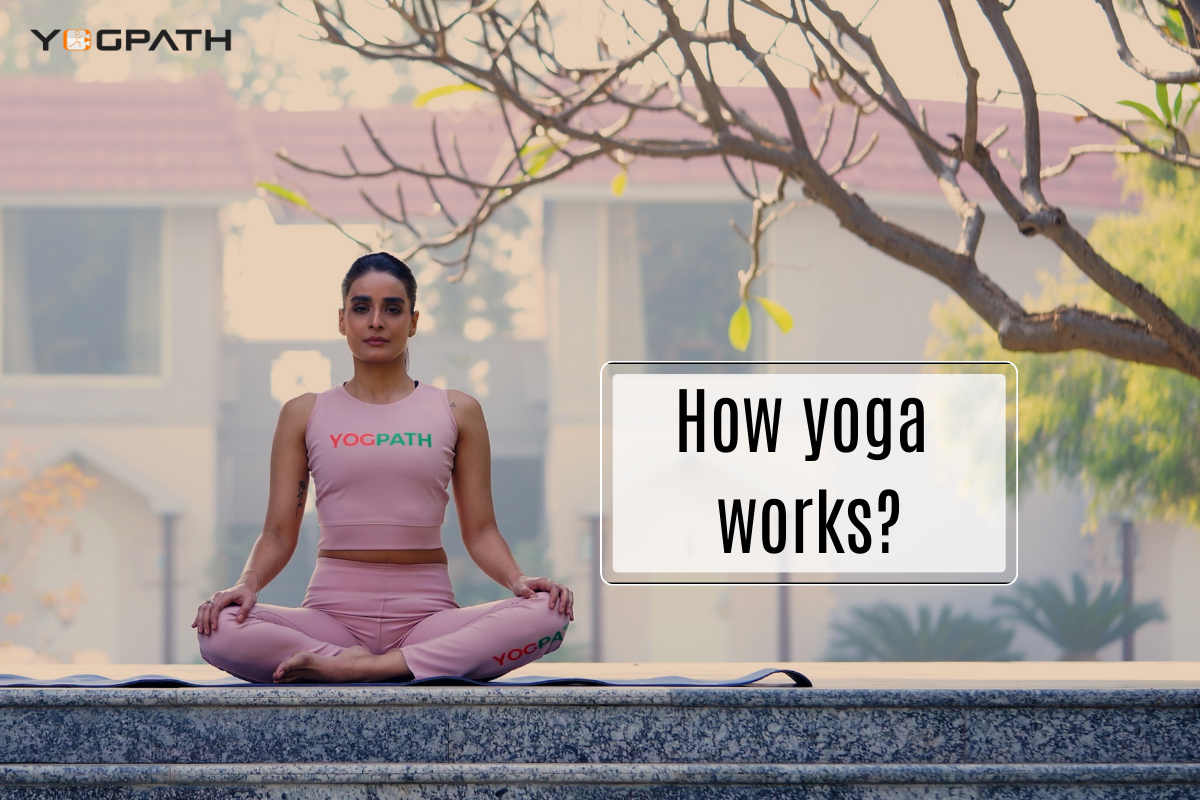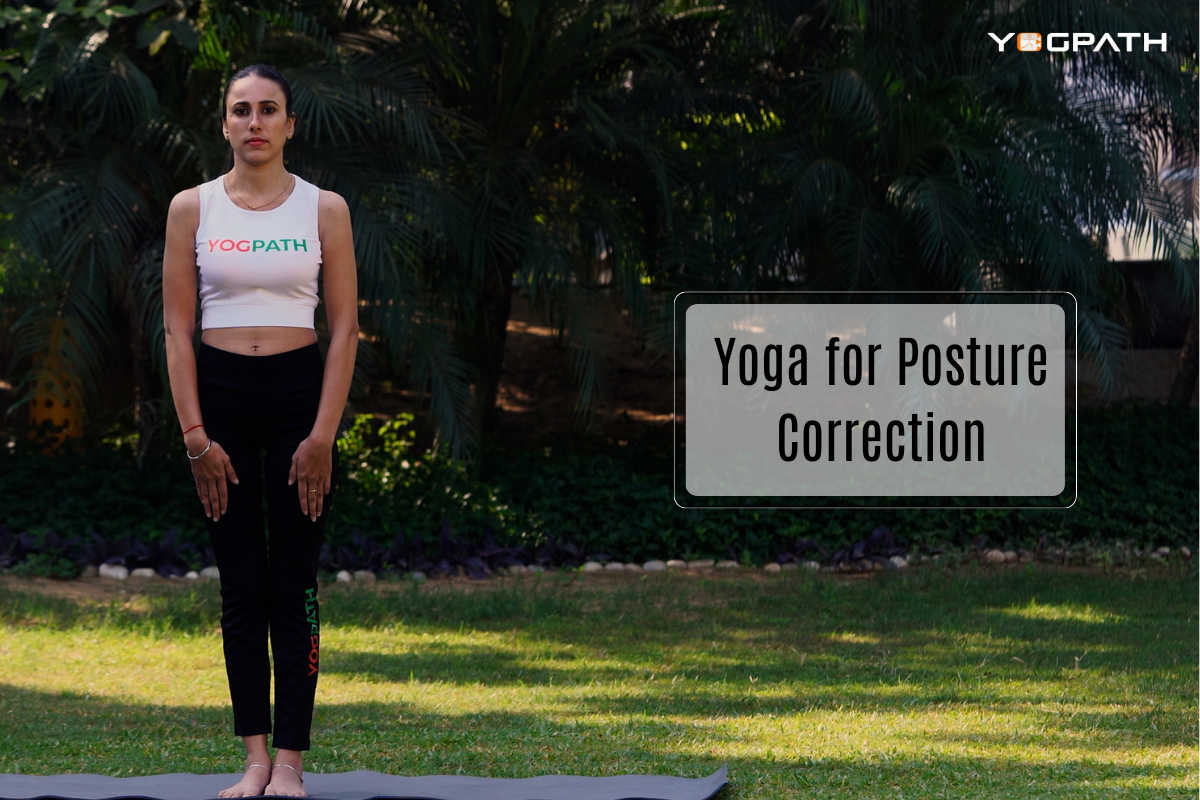
Is there something that prevents us from seeing ourselves as we truly are? According to Bhakti yoga, the root of the problem is that we have lost sight of the holiness and divinity that permeate and constitute everything in the cosmos, including ourselves. Therefore, we tend to view ourselves as unique individuals existing in a very ordinary world.
Bhakti yoga is the spiritual discipline of unconditional love and seeing the divine in all things. Developing Bhakti requires first learning to respect that which seems external to oneself by discovering the holy core within it.
When did Bhakti yoga first appear?
Since the dawn of introspection and reason, humans have wondered about the Divine.
The Vedas (1500 B.C. ), the oldest scriptures of Hinduism, are the source of many of the prayers and mantras recited by Bhakti yoga practitioners.
It is also worth noting that the Shvetashvatara Upanishad contains an early reference to Bhakti yoga.
Composed over a long period of time, from the early first century B.C.E. to the late first millennium C.E., the Upanishads are a collection of commentaries on the Vedas. According to the Shvetashvatara Upanishad, “Bhakti” can refer to “devotion and love for any endeavour” (not limited to religious ones).
Some teachers, however, believe that the Bhagavad Gita, a poem contained within India’s great epic, the Mahabharata, was the first place where Bhakti yoga was presented as its own path of yoga (composed between the first and second century C.E.)
Four yoga practises, or margas, are discussed in the Bhagavad Gita (which translates to “the song of God”). This includes:
Karma Yoga is the yoga of action based on the principle of non-attachment.
The Yoga of Knowledge and Understanding, or Jana Yoga
Raja Yoga, or the Yoga of the Sublime Rational Mind according to Patanjali, is the art of mental mastery.
Devotion Yoga, or Bhakti Yoga
While there are many gods venerated in Hinduism, it is important to note that the Bhagavad Gita is focused on Krishna in particular. Because of this, the Puranas (written between 400 and 1500 C.E.) are cited by some instructors as being another essential Bhakti yoga text (3).
According to some accounts, there are 18 Puranas (though this number varies widely from source to source) written about various deities.
The Nine Limbs Of Bhakti Yoga
This religious observance heavily incorporates Hindu gods and goddesses. In the same way that the Christian saints symbolise different aspects of God, each of these deities is thought to personify a different facet of the divine unity known as Brahman. In particular, Westerners with a strong religious background may find the Bhakti Yoga tradition’s emphasis on Hindu deities to be problematic. Finding your own object(s) of devotion will be even more effective in achieving yoga (union with the Divine) than using the Hindu deities.
Bhakti Yoga is comprised of nine main practises that can be done singly or in combination. All of these limbs produce their own unique bhava (emotion) that speaks to the unique make-ups of their practitioners.
- Shravana is the month of “listening” to the Vedic scriptures, which can have a profound effect if relayed by a saint or true bhakta.
- Kirtana is the practise of “singing” devotional songs in a call-and-response style.
- Smarana is the practise of continually meditating on the Divine’s name and form in order to “remember” it.
- Karma yoga (selfless service) and bhakti yoga (devotion) come together in the fourth path, Padasevana, which translates to “service at the feet” of the Divine (devotion).
- “Ritual Worship” of the Divine, as in Puja (Worship of Deities) and Havana (Fire Offering) (fire offering).
- Vandana, or “prostration” before a representation of the Divine, is the sixth form of worship.
- Dasya is “unquestioning” devotion to the Divine, wherein one trains themselves to put God’s will before their own.
- Sakhya, the “friendship” and connection between God and a devotee, comes in at number eight.
- Atmanivedana, meaning “self-offering” or “total surrender,” is number nine on the list.
Kirtana (more colloquially referred to as “Kirtan”) is the most widely practised aspect of Bhakti Yoga in the West, with national and local Kirtan walas performing weekly in small and large cities alike. Bhakti Yoga is not mutually exclusive with other forms of yoga or spirituality; rather, it can be practised alongside them.
As Swami Sivananda puts it, “Bhakti softens the heart and removes jealousy, hatred, lust, anger, egoism, pride, and arrogance.” This is just one of the many ways in which Bhakti Yoga can transform your life. It fills one with elation, serenity, bliss, understanding, and a connection to the divine. There is a complete and total disappearance of all concerns, worries, anxieties, fears, mental torments, and trials. The devotee is liberated from the cycle of rebirths known as Samsara. He reaches the place of eternal rest, joy, and enlightenment.
Rasa (essence) is the ultimate goal of Bhakti yoga, a feeling of pure bliss attained through devotional surrender to the Divine.
Practices that foster Bhakti
This could be as easy as being grateful for another day of life. It may be a recognition of the vitality in your own breathing. Your blood pressure or heart rate. Equally as valid is appreciating nature’s aesthetics by gazing upon a flower or a bright day.
Another example of Bhakti is a simple blessing of thanks for the effort that goes into the food we eat. More elaborate rituals like Aarati and puja are beautiful, but chanting prayers or mantras can also be a wonderful way to connect with the Divine qualities in the material Universe.
The challenge lies in knowing when to look inward and reflect on the discovery of sacred love. Doing so may help you recognise that the awe and reverence you feel for some external object is the same holy love that dwells deep within your own being.
Bhakti then becomes the realisation that the same Divinity permeates and sustains ALL THAT IS, including ourselves. The separation between seer, seeing, and seen is thus broken down. Only the sacred and divine Oneness remains.
What this means, in essence,
Yoga is anything we do as an offering, but many people are put off by the common perception that it requires an hour (or more!) of sweaty movement.
Another widespread misunderstanding is that yoga is deeply rooted in religion and is focused on worshipping the divine. While devotion is a part of Bhakti, the practice’s ultimate goal is to infuse all of our actions with love.
Sending positive thoughts and prayers to those in other parts of the world who are experiencing upheaval, praying for loved ones who live far away, chanting mantras, setting up an altar, reading poetry, and loving oneself are all forms of yoga.











